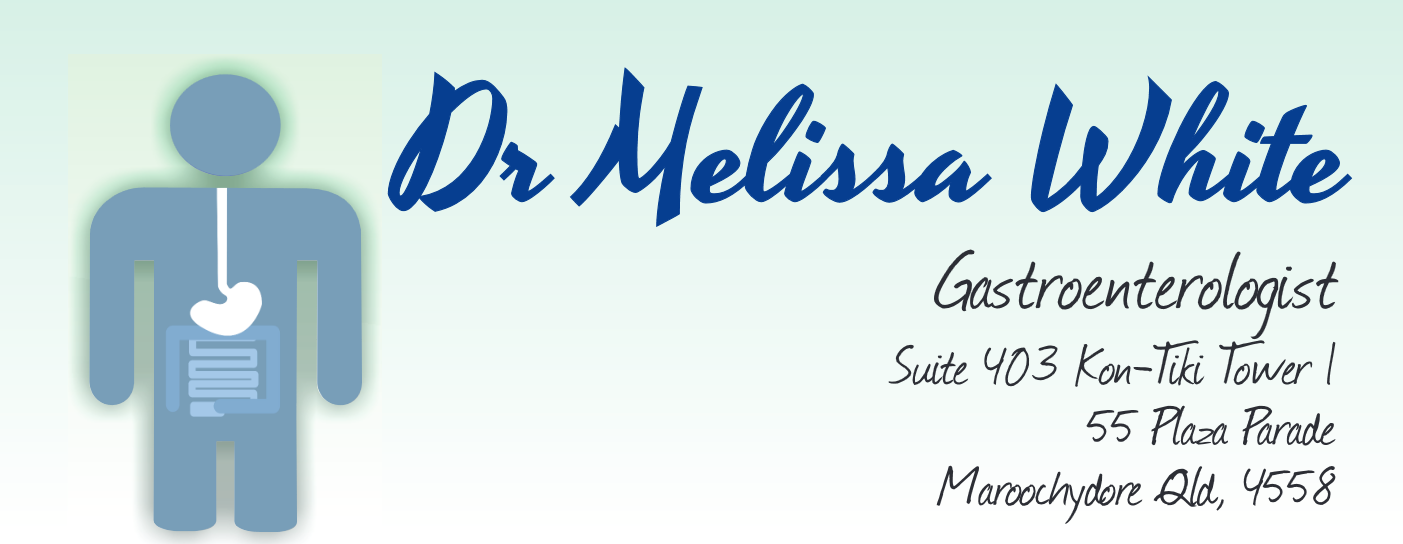Haemorrhoids
Haemorrhoids (also known as piles) are cushions of blood vessels and bowel lining tissue that swell and budge into the back passage. These cushions are located in the anal area and help to ease stool passage. There are two types of haemorrhoids – internal and external. It is possible to have both at any time, and both may protrude. They often bleed, but bleeding from the back passage is not always due to haemorrhoids. Any bleeding should be checked by your doctor. An internal haemorrhoid forms inside the rectum under the mucous membrane. When internal haemorrhoids enlarge greatly, they may prolapse (fall down) and protrude through the anus. An external haemorrhoid forms at the anal opening and is covered with skin.
Signs and symptoms include:
Bulge or tag of skin around the anus.
Bright red blood on toilet paper or around the outside.
Itching around the anus
Pain when passing a bowel motion
Causes of haemorrhoids include:
Pregnancy and straining during childbirth
Putting off going to the toilet or straining to pass a bowel motion
Constipation or diarrhoea
Coughing, sneezing or vomiting
Holding your breath while doing heavy lifting and carrying
Anything that increases the pressure of blood in blood vessels around the back passage such as
Low fibre diet
Wearing tight pants
Severe liver disease
Cancer of the rectum or pelvic area
Being overweight
Chronic cough
Haemorrhoids are very common in our society, particularly in older people. Up to half of the population will suffer from them at some time in their lives. Haemorrhoids are less common in people younger than 40, although they may suffer from anal or rectal discomfort due to other causes.
The above list of factors that contribute to haemorrhoids indicates the people who are most at risk. Constipation is the biggest factor and it’s also one that we can do something about. The enormous changes in the body associated with being pregnant and having a child also hasten the development of haemorrhoids.
Abdominal strain from coughing or lifting heavy weights may be difficult to avoid, but at least if you use the correct lifting technique you will help reduce the problem.
Internal haemorrhoids develop from the veins in the lower part of the rectum. Usually they are not painful to start with, although they may cause a vague aching sensation. Often the first sign will be a small amount of bright red blood on the toilet paper or in the toilet bowl after passing a motion, or on the surface of the bowel motion itself.
Haemorrhoids tend to grow in size over time. Pain and discomfort also become more likely, particularly if the haemorrhoid becomes inflamed or infected, or if it develops a blood clot inside it. The haemorrhoid may become so large that it’s pushed through the anus (prolapsed) when passing a bowel motion and it may become ‘strangulated’.
Sometimes, when an internal haemorrhoid prolapses through the anus it is called ‘external’. However, the phrase ‘external haemorrhoids’ usually refers to changes in the blood vessels lying under the skin around the anus. These veins too can become enlarged and cause difficulties. An aching pain is often the first symptom of external haemorrhoids. The biggest problems occur when a blood clot inside the vein causes a blood blister to form just beneath the skin. Because the skin is rich in nerve endings, this can be very painful.
In order to prevent haemorrhoids, try these tips:
Increase the fibre content of your diet so that motions are soft and easy to pass.
Drink at least 6 to 8 large glasses of water each day.
Learn to lift heavy objects correctly.
Regular exercise for good muscle tone.
Don’t strain to pass a motion and do not sit on the toilet for more than 2 minutes trying to pass a motion.
Avoid regular use of laxatives.
External haemorrhoids should clear within a week. Using a haemorrhoid product can help relieve symptoms, however, some products are stronger than others so ask your pharmacist which one is best for you. If using an applicator, lubricate it before use and wash it well afterwards. For best results, use the haemorrhoid product after you pass a motion or have a bath and also at bedtime.
Examples of haemorrhoid product ingredients include:
Adrenaline – Narrows blood vessels to reduce swelling and sometimes itching.
Benzocaine/Lignocaine/Cinchocaine – Local anaesthetics to relieve pain and numb the area below the rectum (not needed in the rectum as there are no pain fibres here).
Hamamelis/Allantion/Zinc Oxide/Sulphate – Astringents to make the area drier and relieve itching and burning.
Hydrocortisone/Bufezamec/Prednisolone/Fluocortolone – Reduces swelling and relieves itching.
Vitamin A/Balsam Peru – Wound healers.
Applying a cold compress to relieve symptoms can also be of comfort. It shrinks the surrounding blood vessels, therefore relieving the inflamed area. An ideal cold pack for this problem is frozen rubber glove fingers. If you fill a rubber glove with water and place it in the freezer, the fingers (cut off from the glove) are actually an ideal pack for relief within the anal passage. The glove component will pass once the ice has melted.
